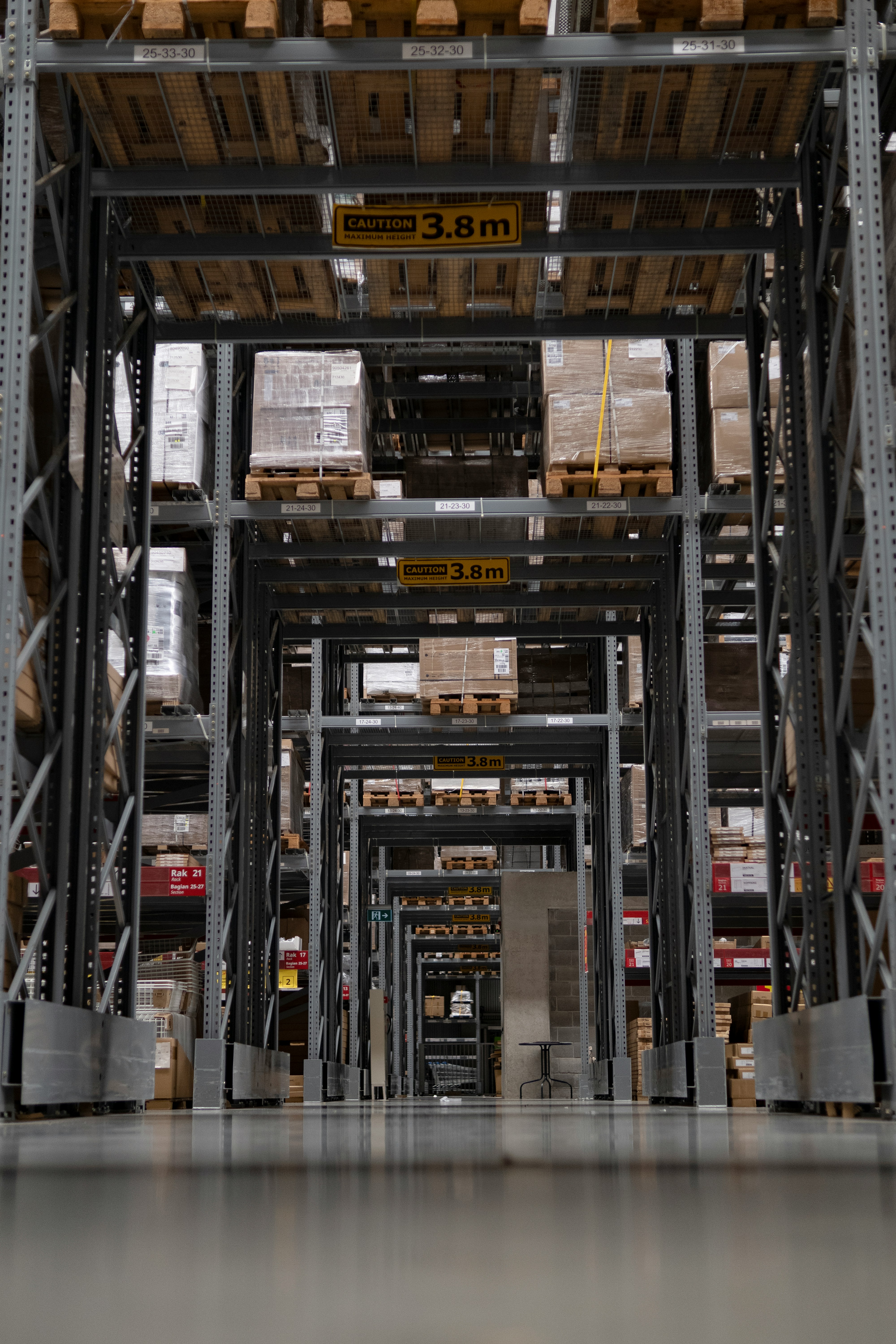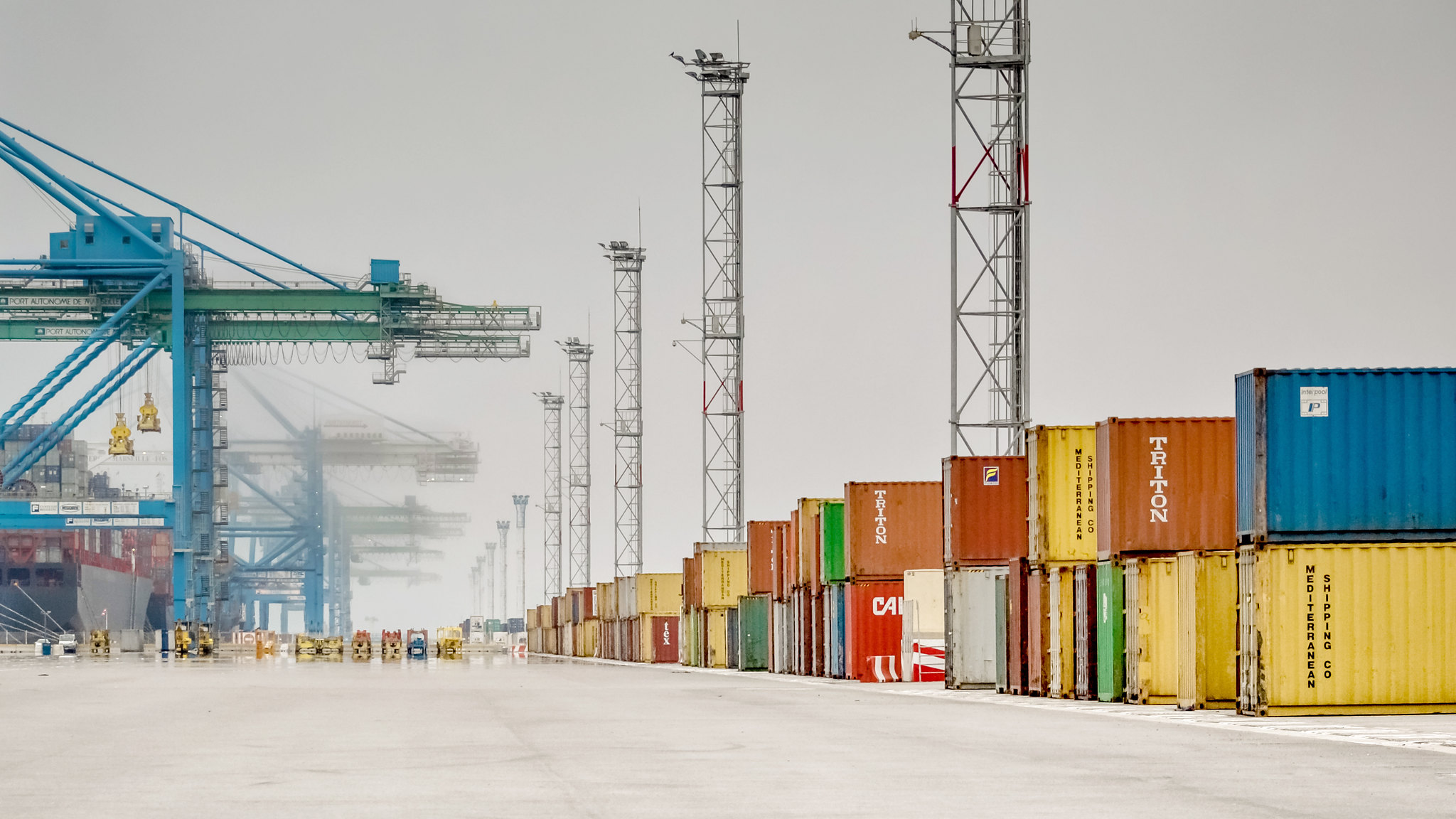Blog
Land Sector and Removals: Workstream Update
GHG Protocol’s Land Sector and Removals team is nearing the completion of the standard development process and is excited to announce that the Land Sector and Removals Standard and accompanying Guidance will be finalized in 2024 and publicly released in Quarter 1 2025.
GHG Protocol Newsletter: June 2024
GHG Protocol Newsletter: June 2024
RELEASE: GHG Protocol Announces Inaugural Chair and Vice-Chair of New Steering Committee
WASHINGTON DC (June 25, 2024) – GHG Protocol is pleased to announce the appointment of the inaugural Chair and Vice-Chair of its newly-established Steering Committee: Geraldine Mat
RELEASE: GHG Protocol Launches Official Partnership with IFRS Foundation
LONDON (June 24, 2024) – Today Greenhouse Gas Protocol (GHG Protocol) and the IFRS Foundation announced that they have si
GHG Protocol Releases Scope 3 Survey Final Summary Report and Proposal Summary
Final Summary of Scope 3 Feedback Now Available
Between November 2022 and March 2023, GHG Protocol invited interested stakeholders to
GHG Protocol Newsletter: May 2024
May 30, 2024
GHG Protocol Use within ISSB’s IFRS S2 Standard Enables Widespread Adoption of a Common Standard for GHG Accounting
Greenhouse Gas Protocol (GHG Protocol), initiated in 1998, was established to create a common framework for organizations to account for the GHG emissions resulting from their op
Procurement Opportunity: Professional Services for GHG Protocol Forest Carbon Accounting Process
Deadline for Expression of Interest: May 10, 2024
Deadline for Bid/Proposal Submission: May 15, 2024
GHG Protocol Newsletter: April 2024
April 30, 2024
UPDATE: GHG Protocol Is Accepting Technical Working Group Applications on a Rolling Basis
| Update: Please note GHG Protocol is accepting applications for Technical Working Groups until January 15, 2025. |
GHG Protocol Releases Market-based Accounting Approaches Survey Draft Summary Report
Market-based Accounting Approaches Survey Summary Draft Now Available
Between November 2022 and March 2023,
GHG Protocol Newsletter: March 2024
March 28, 2024
Ensuring Transparency and Accountability in Standard Setting: GHG Protocol’s Strengthened Governance Model
As announced in November of 2023, GHG Protocol is refining its governance model to meet the needs of a rapidly changing GHG accounting and reporting landscape.
GHG Protocol Releases Corporate Standard Survey Final Summary Report and Proposal Summary
Final Summary of Corporate Standard Feedback Now Available
Overview of GHG Protocol Integration in Regulatory Climate Disclosure Rules
Updated November 4, 2024: After consultation with our ecosystem partners, GHG Protocol released an updated version of this resource.
GHG Protocol Releases Scope 3 Survey Draft Summary Report and Proposal Summary
Scope 3 Survey Draft Summary Report and Proposal Summary
Between November 2022 and March 2023, GHG Protocol invited interested
Technical Working Group Nominations Update
| Update: Please note GHG Protocol is accepting applications for Technical Working Groups until January 15, 2025. |
What Are Greenhouse Gas Accounting and Corporate Climate Disclosures? 6 Questions, Answered
The origin of greenhouse gas (GHG) accounting dates to the late 1990s, but interest has grown exponentially in the past few years with the proliferation of both voluntary and more recently, mandatory corporate climate disclosure initiatives.
GHG Protocol Newsletter: February 2024
February 9, 2024
2023 by the Numbers: A Historic Year for GHG Protocol
We are excited to share the milestones we've hit over the last year. From launching two new overarching governance bodies, to administering four surveys, to adding 14 new staff members to our team, we have made significant progress towards updating our suite of corporate standards, expanded the ways stakeholders can be involved in our update process, and increased our team's capacity.



















